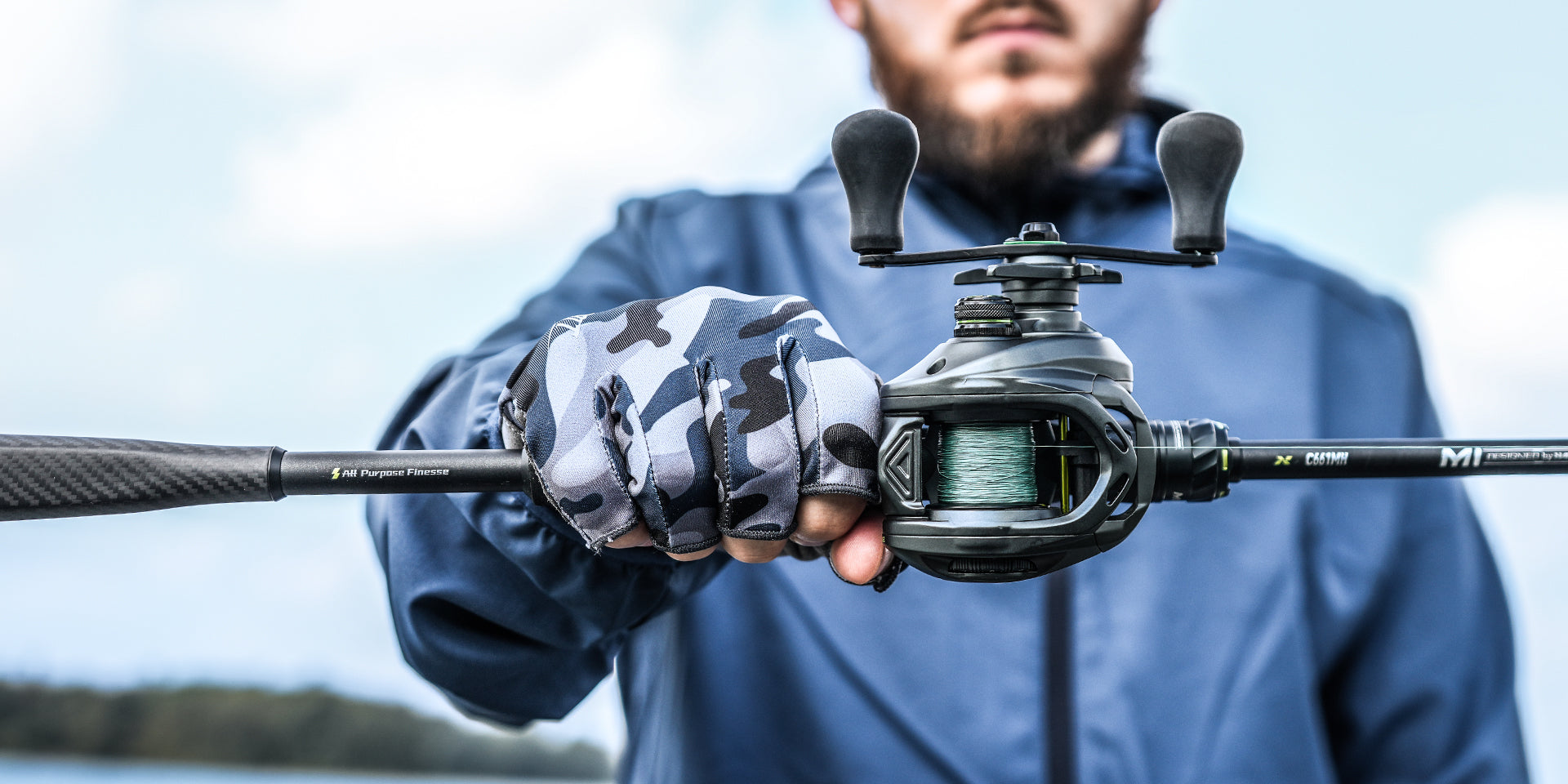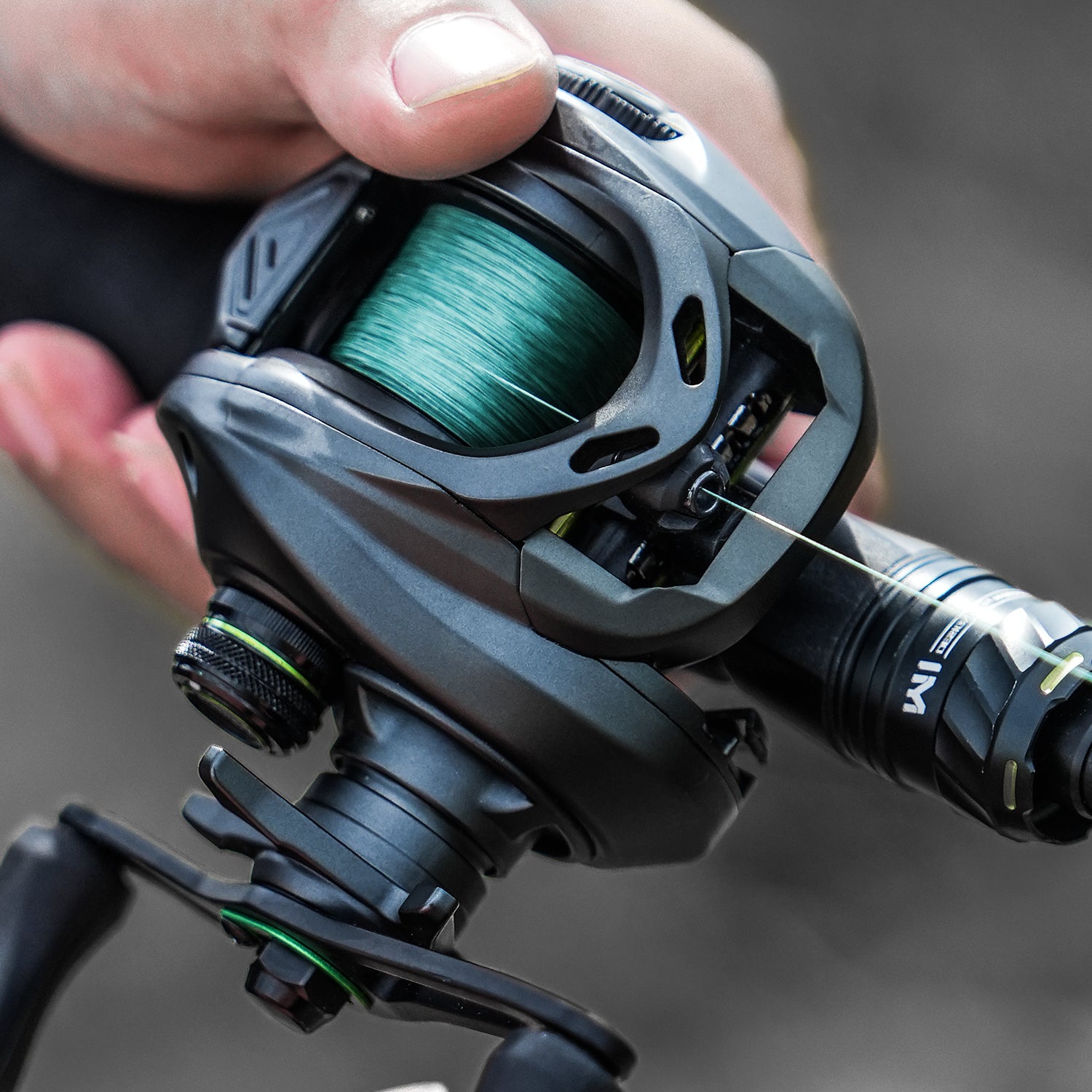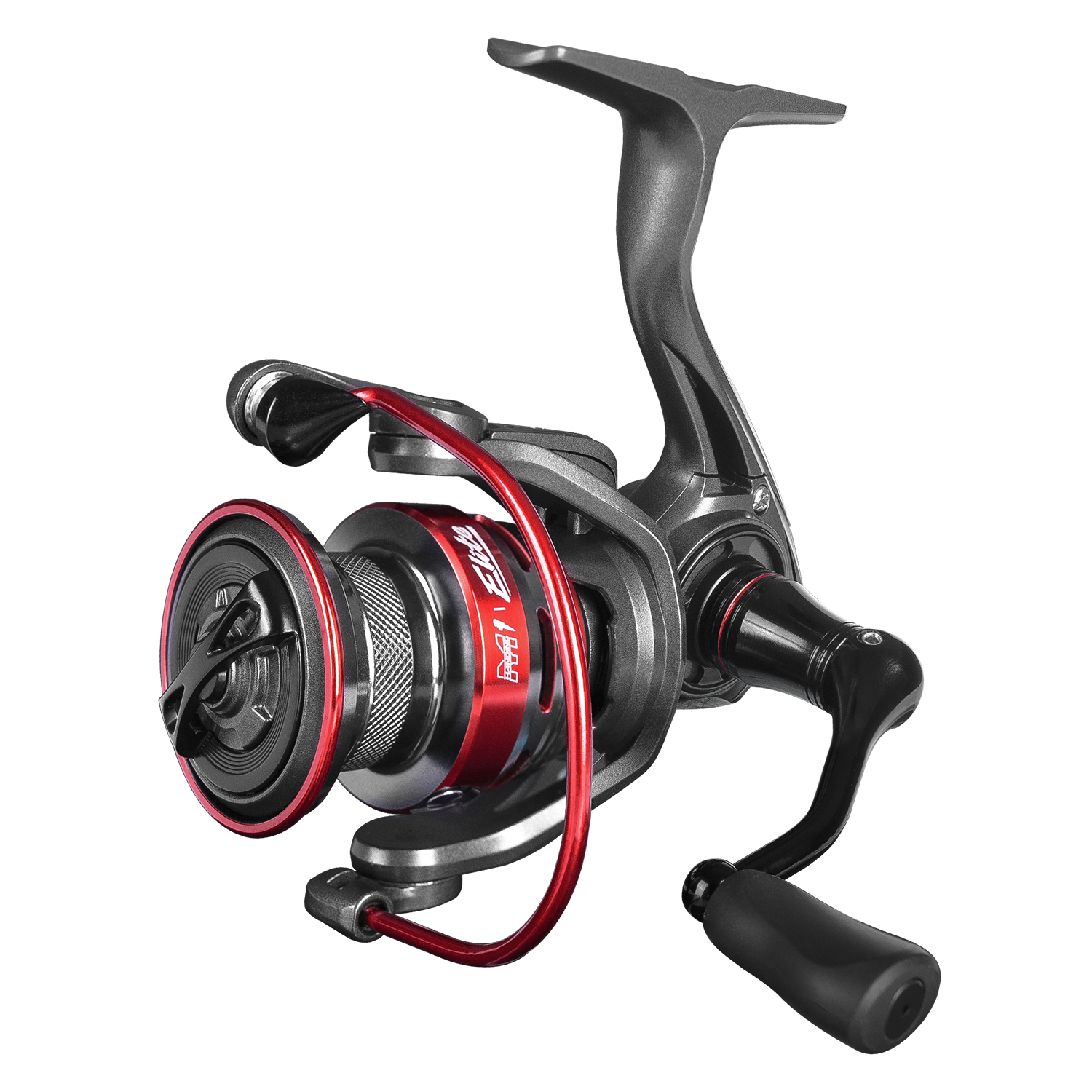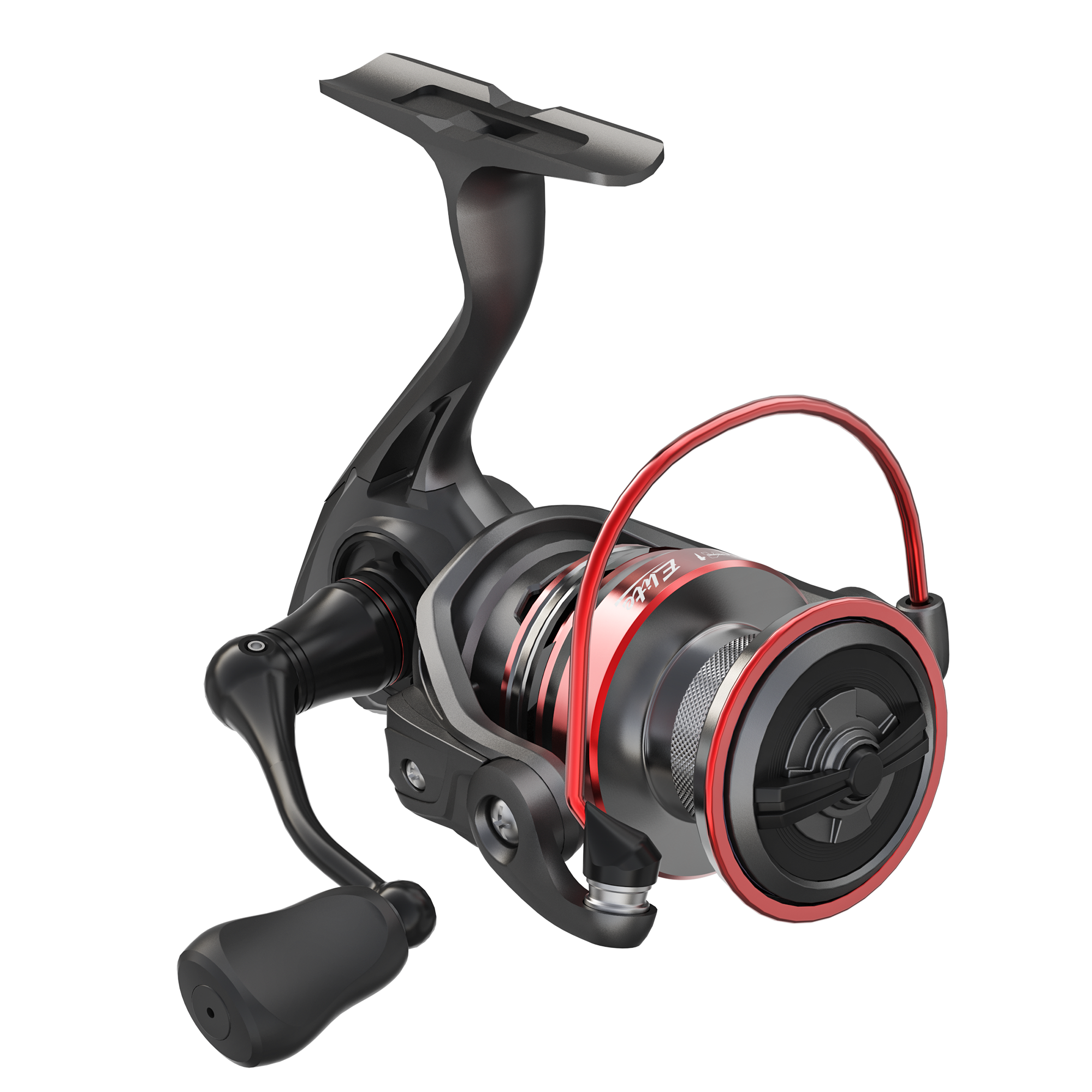The choice between a spinning reel and a baitcasting reel depends on several factors, including your level of experience, the type of fishing you plan to do, and your personal preferences. Here are some considerations to help you decide which type of reel is best for you:
Spinning Reel:
Advantages:
Ease of Use: Spinning reels are generally easier to use, making them ideal for beginners or anglers who prefer a simpler fishing experience.
Versatility: They can handle a wide range of fishing techniques and are suitable for various species, from panfish to larger game fish.
Less Backlash: Spinning reels are less prone to backlash (tangled line) compared to baitcasting reels, making them more forgiving for beginners.
Casting Distance: Spinning reels are capable of casting lightweight lures and baits long distances with ease.
Line Management: They allow for easy line management, particularly when fishing with lighter lines or finesse techniques.
Disadvantages:
Limited Accuracy: Spinning reels may have slightly less casting accuracy compared to baitcasting reels, especially in windy conditions or when casting heavier lures.
Less Control: They offer less casting control and precision, particularly for targeting specific spots or making precise presentations.
Line Twist: Spinning reels can sometimes cause line twist, particularly when using certain fishing techniques or types of lures.
Baitcasting Reel:
Advantages:
Casting Accuracy: Baitcasting reels offer greater casting accuracy and control, allowing for precise lure placement and targeting specific spots.
Power and Control: They provide more power and control when fighting larger fish, making them ideal for bass fishing and other freshwater applications.
Heavy Lures: Baitcasting reels excel at casting heavier lures and baits, making them suitable for techniques like flipping, pitching, and jigging.
Customization: Baitcasting reels often feature adjustable brakes and settings, allowing anglers to fine-tune their casting performance for different conditions and lure weights.
Line Capacity: They typically have higher line capacity than spinning reels, which can be advantageous when fishing with heavier lines or targeting large, hard-fighting fish.
Disadvantages:
Learning Curve: Baitcasting reels have a steeper learning curve compared to spinning reels and may require practice to master casting techniques and avoid backlash.
Backlash: They are more prone to backlash and bird's nests, particularly when using heavier lures or fishing in windy conditions.
Maintenance: Baitcasting reels require more maintenance and adjustment to ensure optimal performance, including regular cleaning and lubrication.
Which One Should You Choose?
Choose a Spinning Reel If:
- You're a beginner or casual angler.
- You prefer a user-friendly reel that's easy to cast and manage.
- You plan to fish with lighter lures and finesse techniques.
- You want versatility for various fishing techniques and species.
Choose a Baitcasting Reel If:
- You have experience with fishing reels and want more casting control and accuracy.
- You're targeting larger fish or using heavier lures and baits.
- You're willing to invest time in learning and practicing casting techniques.
- You want the ability to customize your reel's settings for different fishing conditions.
Ultimately, the best reel for you depends on your experience level, fishing style, and specific fishing needs. Both spinning reels and baitcasting reels have their advantages and disadvantages, so consider these factors carefully before making your decision.













